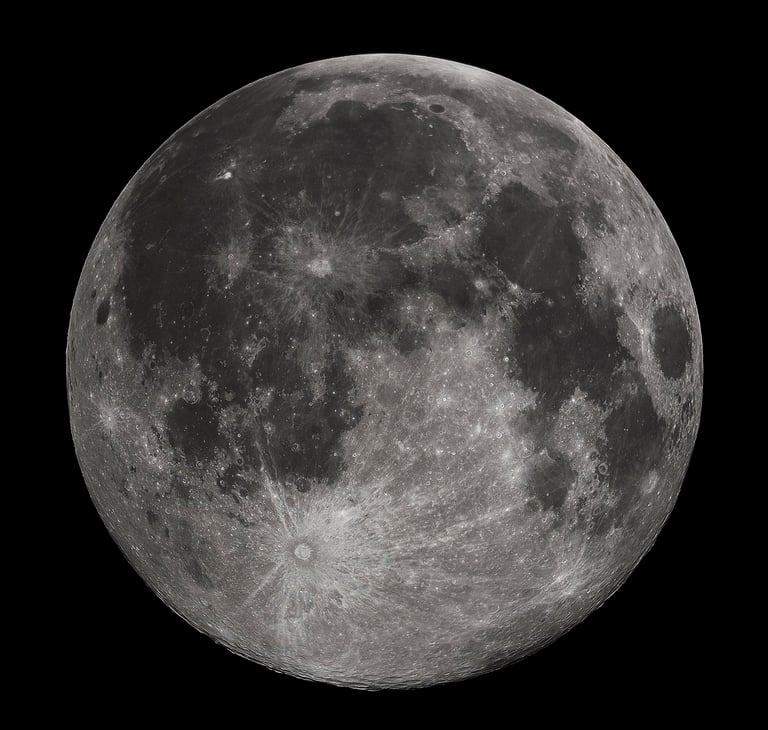China's Chang'e-5 Mission Uncovers Graphene and Water in Lunar Soil, Paving Way for Future Moon Base
August 6, 2024
Scientists have discovered naturally formed graphene flakes in lunar soil samples collected by China's Chang'e-5 mission, which returned to Earth in December 2020.
The analysis revealed that the carbon in these samples was in the form of graphene flakes, varying between two to seven layers thick, suggesting a potential natural formation process.
Additionally, an iron-containing compound associated with the carbon indicates that lunar minerals may have catalyzed the transformation of carbon into graphene.
In a significant milestone for lunar exploration, a recent study published in July 2024 revealed the presence of water molecules in the lunar samples retrieved by the Chang'e-5 mission.
The samples contained a newly identified lunar mineral called ULM-1, which consists of approximately 41% water and is stabilized by ammonia, allowing molecular water to exist in areas previously thought unsuitable for it.
This study, published in the National Science Review, involved analyzing lunar soil samples and has implications for future lunar missions focused on establishing permanent infrastructure.
Experts believe that understanding water storage on the Moon could aid future lunar astronauts in locating resources for drinking water and rocket fuel.
These findings contribute to China's ambitions of becoming a dominant space power, with plans for future lunar missions, including a research base on the Moon.
Despite these advancements, China faces restrictions in international collaboration, particularly with NASA due to the Wolf Amendment, which limits engagement in space-related activities since 2011.
The discoveries challenge previous theories about the Moon's carbon content and support observations of indigenous carbon on the lunar surface.
These findings could support future lunar exploration efforts, including NASA's Artemis Program and ESA's Moon Village initiative.
China's space achievements include being the first to land on the Moon's far side and plans to land astronauts on the Moon by 2030.
Summary based on 6 sources
Get a daily email with more World News stories
Sources

Smithsonian Magazine • Aug 6, 2024
Scientists Find Water Molecules in Lunar Rock Sample for the First Time
Space • Aug 6, 2024
'Wonder material' found in lunar samples hints at moon's origins
ScienceAlert • Aug 5, 2024
'Wonder Material' Graphene Has Been Discovered on The Moon